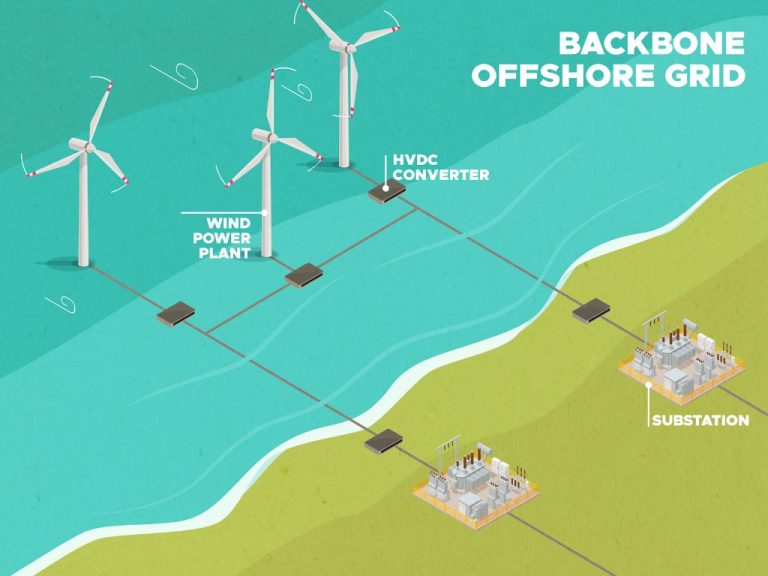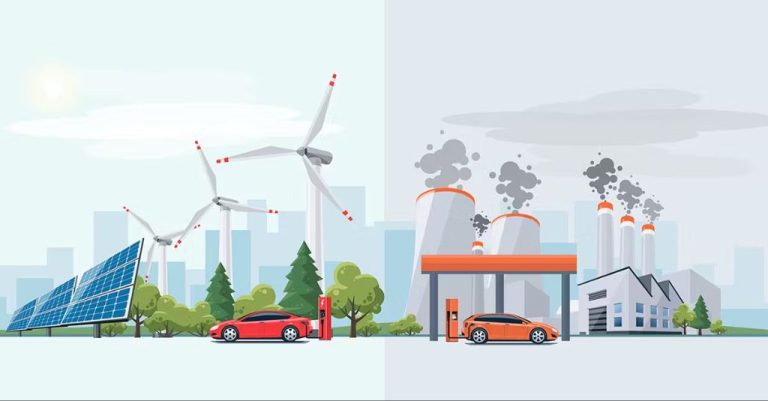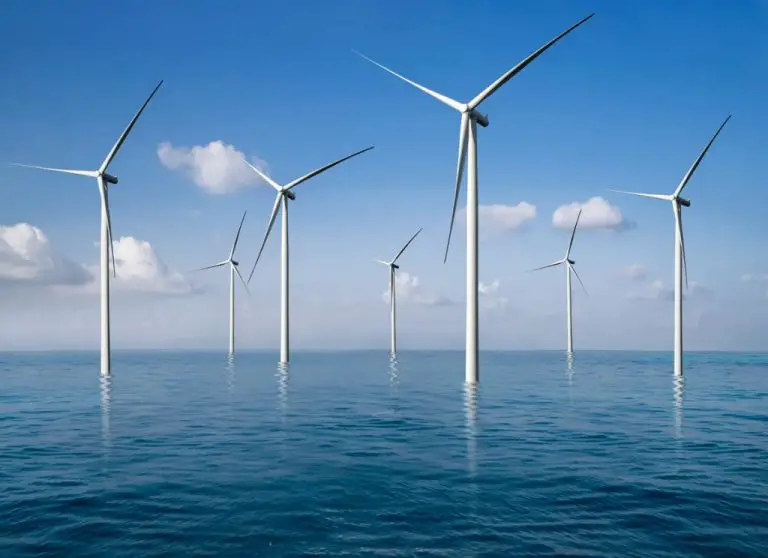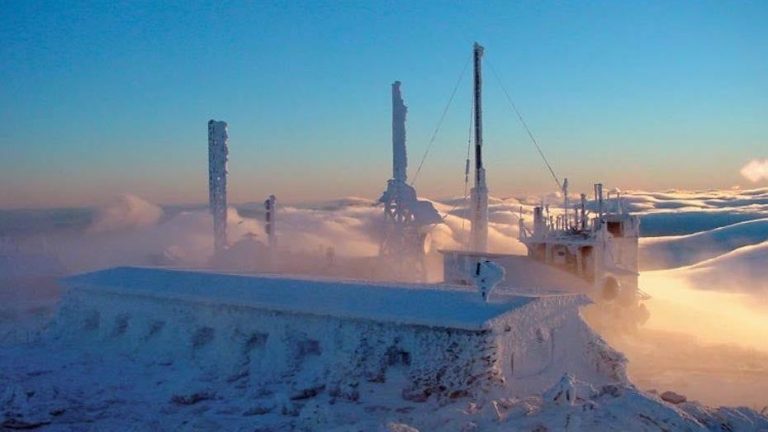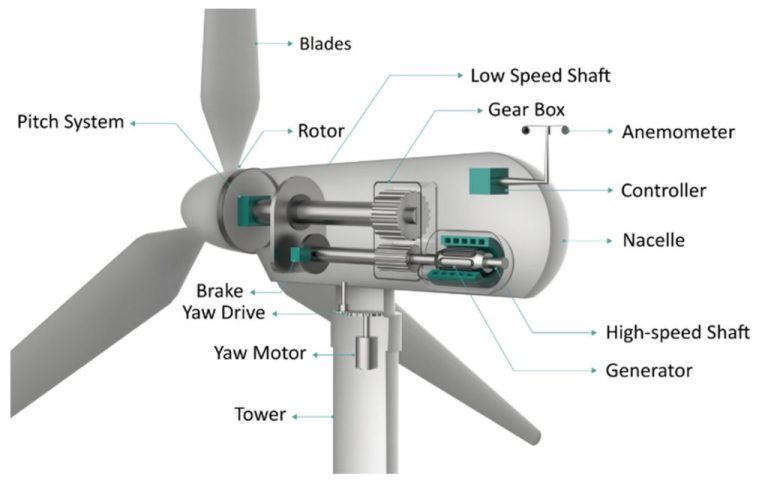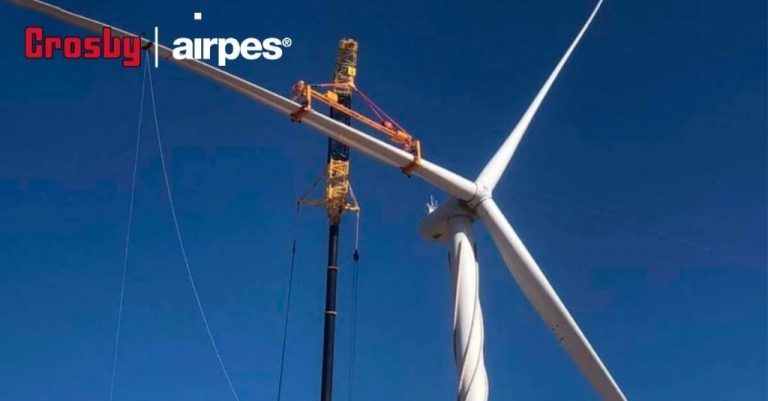When Was Wind Power Invented?
Wind power has been utilized for thousands of years, dating back to early uses of windmills and sailboats. Ancient civilizations first began harnessing the wind as a source of energy through sailboats that used the wind for propulsion along waterways. Windmills were also developed many centuries ago to automate the tasks of grain-grinding and water-pumping. Through human history, wind power provided a means of harnessing natural energy for transportation and mechanical work long before other power sources became available. In more modern times, wind power has been focused on electricity generation through wind turbines that convert the kinetic energy of wind into electrical power. The early wind turbines of the 19th century have evolved into today’s large multi-megawatt wind turbines that make major contributions to electricity grids worldwide. From the earliest simple windmills to offshore wind farms with hundreds of turbines, wind power has undergone tremendous growth and development throughout its long history.
Early Windmills
Windmills have existed for thousands of years. As far back as 2000 BC, windmills were used in ancient Babylon, Persia, and China to grind grain and draw water[1, 2]. These early windmills consisted of vertical axes with attached wooden vanes or paddles that were pushed by the wind. The spinning motion was then used for mechanical power.
One of the earliest recorded windmills was in Sistan, Persia in the 7th century CE. It was a vertical axis windmill used to grind corn and draw up water[1]. Windmills began appearing in Europe during the Middle Ages. These early European windmills were horizontal axis mills with four blades that were used for grinding grains, pumping water, and cutting wood [2]. The growth of windmills in medieval Europe was a sign of progress as they provided reliable power for milling and other industrial tasks.
19th Century Wind Turbines
The first electricity generating wind turbines were built in the late 1800s. In 1888, Charles F. Brush built the first automated wind turbine to generate electricity in Cleveland, Ohio.[1] It had a rotor diameter of 17 meters and was mounted on an 18 meter tower. The turbine charged batteries that powered Brush’s home.[2]
Throughout the 1890s, Danish scientist Poul la Cour conducted experiments on wind turbine design, constructing a 24 meter tower with four 2.5 meter blades. La Cour’s wind turbines were used to generate electricity and pump water on farms.[1]
In the early 1900s, wind turbines generating under 5 kilowatts became common on farms in the United States. These small wind turbines powered lights and machines. By 1910, wind turbine use peaked at about 30,000 units in the U.S., with a generating capacity estimated at 1.25 megawatts.[2] However, the use of wind turbines declined as inexpensive fossil fuel powered electricity became more widely available.
20th Century Advancements
Throughout the 20th century, significant improvements were made to wind turbine technology that paved the way for modern wind power (History of wind power). In the early 1900s, researchers began experimenting with turbine designs to harness wind energy more efficiently. Major advances were made in Denmark, Germany and the United States.
In the 1920s, the first megawatt-class wind turbine was built in Yalta, Ukraine. This experimental model had a 100 meter diameter rotor and achieved 100 kilowatts of power. Though a landmark achievement, reliability issues prevented widespread adoption at that time (History of U.S. Wind Energy).
During World War II, demand for energy increased dramatically. Higher efficiency wind turbines were developed, including advanced models tested in Vermont by inventor Palmer Cosslett Putnam. Putnam’s grandest machine was a 1250 kilowatt turbine built in 1941.
Significant improvements continued through the 1970s and 1980s. Lightweight materials, advanced aerodynamic designs, and new control systems allowed for larger rotors and taller towers. These factors increased efficiency and lowered costs.
First Megawatt Turbine
The first wind turbine to generate more than 1 megawatt (MW) of electricity was the Smith–Putnam wind turbine, built in 1941 in Castleton, Vermont. According to the Guinness World Records, this turbine had a 1.25 MW capacity and featured a steel lattice tower 153 meters tall with two blades spanning 53 meters in diameter.
This groundbreaking turbine proved the viability of utility-scale wind power. Its large capacity represented a major milestone for the commercialization of wind energy technology. Though decommissioned in 1945, the Smith–Putnam turbine paved the way for continued development of ever-larger wind turbines in the decades that followed.
Offshore Wind Development
Offshore wind power is a relatively recent development in the history of wind energy. The first offshore wind farm was installed in Denmark in 1991 near Vindeby. It consisted of 11 wind turbines and had a capacity of 4.95 megawatts (MW) (Bilgili, 2011).
In the decades since, offshore wind capacity has expanded rapidly, especially in Europe. As of 2020, Europe had over 90% of global installed offshore wind capacity at approximately 22 gigawatts (GW). The United Kingdom and Germany lead with 10 GW and 7.5 GW respectively (Spring, 2020).
Several factors have driven the growth of offshore wind farms compared to onshore, including stronger and more consistent winds offshore, proximity to coastal load centers, and lower visual impact farther from shore. However, offshore wind projects face challenges such as high costs and difficult access for construction and maintenance (Liu, 2015).
Modern Wind Turbine Design
The evolution of modern commercial wind turbine design began in the 1970s as the oil crisis drove efforts to develop renewable energy sources. In the early 1970s, NASA engineer Dr. Gerald Paul developed a new blade design that enabled more efficient energy capture, paving the way for larger multi-megawatt turbines. In 1978, the world’s first 2-megawatt turbine was built by the Tvind school in Denmark, featuring two blades and a rotor diameter of 54.6 meters (Renewable Energy World).
Throughout the 1980s and 1990s, commercial wind turbine sizes increased steadily as technology improved. In 1994, the first megawatt-scale wind turbine designed specifically for offshore use was installed off the coast of Denmark. By 1999, the average turbine size reached 1 megawatt. In the early 2000s, manufacturers began producing even larger multi-megawatt turbines, with rotor diameters over 100 meters. Today’s most advanced commercial turbines can generate over 10 megawatts of power with rotors spanning more than 220 meters in diameter.
Modern turbine designs emphasize reliability, efficiency, and cost-effectiveness. Advances in materials, blade aerodynamics, drive train technology, control systems, and offshore foundations have enabled larger, more efficient turbines. Continued technology improvements have helped drive down the cost of wind energy, making it competitive with fossil fuels.
Wind Power Expansion
The capacity of wind power around the world has exploded in recent decades. According to the Global Wind Report 2023 from the Global Wind Energy Council, global installed wind capacity grew to 906 GW in 2022, up 9% from 2021. This represents the first time that yearly installed capacity has exceeded 100 GW.
Additionally, wind power generated over 2,100 TWh of electricity globally in 2022. This was a record increase of 265 TWh (14%) over the previous year, as reported by the International Energy Agency. The growth of wind power shows no signs of slowing down, with projections that over 90 GW of new capacity will be added in 2023.
Cost Declines
The costs of wind power have fallen dramatically over the past few decades. According to the U.S. Department of Energy, wind turbine prices have steeply declined from levels seen a decade ago, from $1,800/kW in 2008 to $770–$850 per kilowatt (kW) now.[1]
Experts anticipate further cost reductions of 17%-35% by 2035 and 37%-49% by 2050 under a median or best-guess scenario, driven by bigger and more efficient turbines. [2] An expert elicitation survey predicts 37% to 49% declines in wind energy costs by 2050, resulting in costs 50% lower than 2020 levels.[3]
The falling costs of wind power have made it more economically competitive with fossil fuel sources, enabling greater adoption and expansion of wind energy.
Conclusion
Wind power has come a long way since the first windmills were used to grind grain over 1000 years ago. Through continued innovation and technology improvements, wind turbines have gotten progressively larger and more efficient at converting wind into electricity. Today, wind power generates over 6% of electricity in the United States and costs have declined dramatically in the last decade. Wind power capacity and generation are projected to continue growing rapidly in the coming decades. If wind power reaches the trajectory outlined in the Department of Energy’s Wind Vision report, it could feasibly provide over 10% of U.S. electricity by 2020, 20% by 2030, and 35% by 2050. With supportive policies and continued technology advancements, the future is bright for clean, renewable wind energy.

